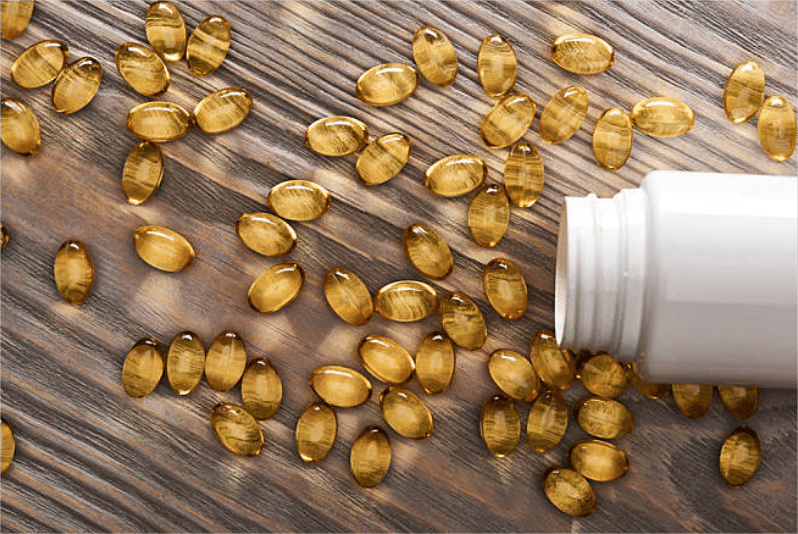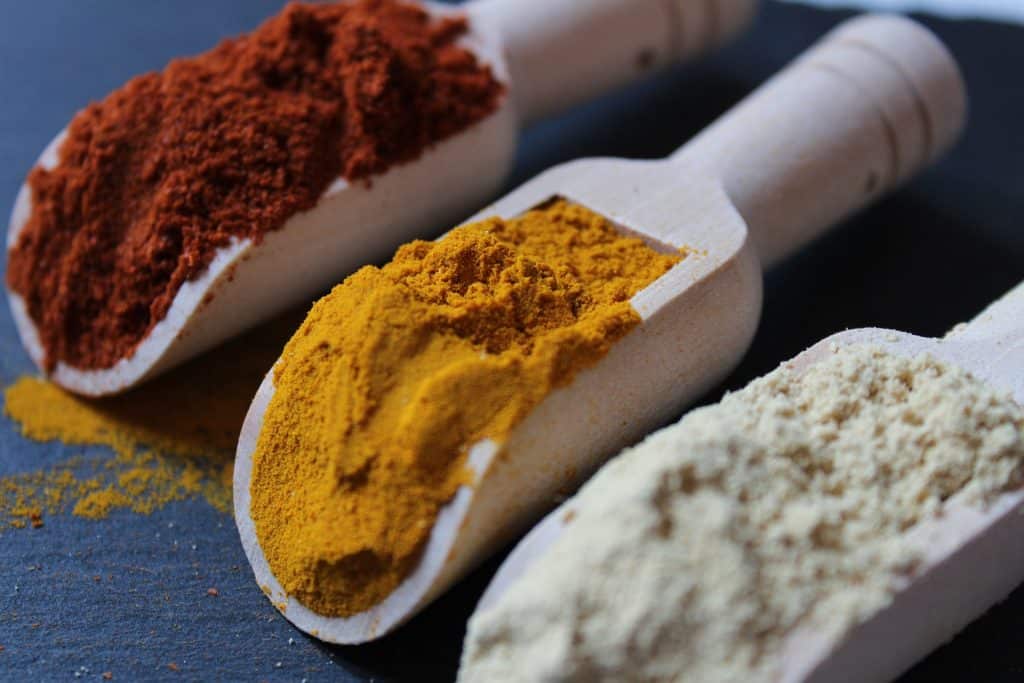Creatine Nitrate vs Monohydrate: Which Is Right for You?
Creatine is a popular supplement for athletes and fitness enthusiasts, known for boosting strength, endurance, and muscle growth. Two common forms, Creatine Monohydrate and Creatine Nitrate, differ in key ways. Creatine Monohydrate, the most studied form, is affordable, effective, and widely available but less soluble in water. Creatine Nitrate, a newer option, offers better solubility, potential vascular benefits, and faster absorption but costs more and has less research. This article explores both forms, their benefits, side effects, and differences to help you choose the right one.
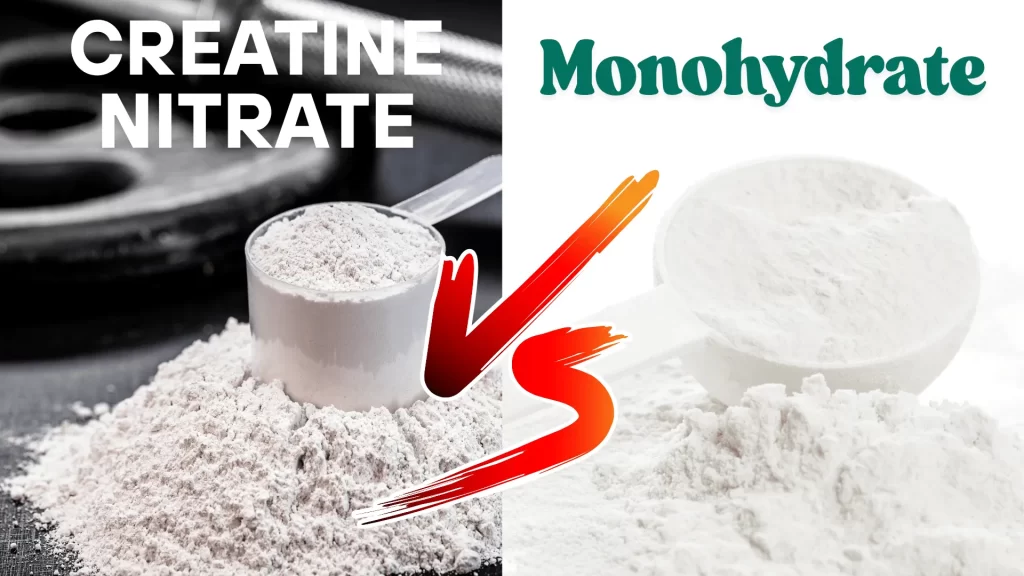
What Is Creatine Monohydrate?
Creatine Monohydrate is the most popular and well-researched form of creatine. It’s made by combining creatine with a water molecule, creating a simple, stable compound. For decades, athletes have used it to improve performance and build muscle.
Benefits of Creatine Monohydrate
Creatine Monohydrate helps your muscles produce adenosine triphosphate (ATP), the energy source for high-intensity activities like weightlifting or sprinting. Its key benefits include:
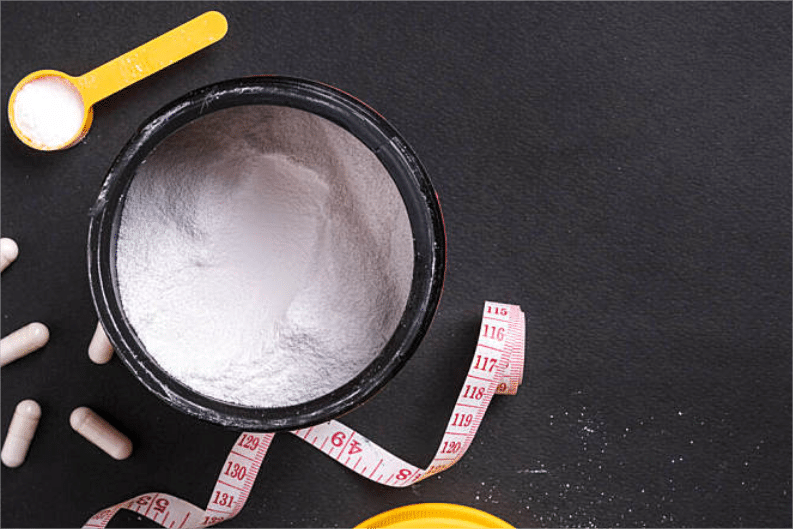
- Increased Strength: Allows you to lift heavier weights or perform more reps.
- Improved Endurance: Supports longer, more intense workouts.
- Muscle Growth: Promotes muscle size by increasing water content in muscle cells and aiding recovery.
- Brain Health: Some studies suggest it may support cognitive function.
How to Use It
The standard dose is 3-5 grams daily, mixed with water or juice. Some people use a “loading phase” of 20 grams per day (split into four doses) for 5-7 days to quickly saturate muscles, followed by 3-5 grams daily. You can take it before or after workouts, or any time of day, as long as you’re consistent.
Advantages
- Proven by Science: Thousands of studies confirm its safety and effectiveness.
- Affordable: It’s one of the cheapest supplements, costing just a few cents per serving.
- Widely Available: Found in powders, capsules, and pre-workout blends.
Side Effects
Creatine Monohydrate is safe for most people. However, some may experience:
- Mild bloating or water retention, especially during the loading phase.
- Stomach discomfort if not mixed well or taken in large doses.
Drinking plenty of water and sticking to recommended doses minimizes these issues.
Drawbacks
Its lower solubility can cause it to settle in liquids, potentially leading to digestive discomfort for some users. It also requires daily use to maintain benefits, which may feel inconvenient for some.
What Is Creatine Nitrate?
Creatine Nitrate is a newer form of creatine, where creatine is bound to a nitrate group. This combination aims to improve solubility and offer additional benefits, like better blood flow. Though less studied than Monohydrate, it’s gaining popularity in premium supplements.
Benefits of Creatine Nitrate
Like Monohydrate, Creatine Nitrate boosts ATP production for better strength and muscle performance. Its unique benefits include:
- Enhanced Blood Flow: The nitrate group may increase nitric oxide production, improving circulation and giving a “muscle pump” during workouts.
- Better Endurance: Improved blood flow can support longer workouts.
- Muscle Growth: Similar to Monohydrate, it aids muscle size and recovery.
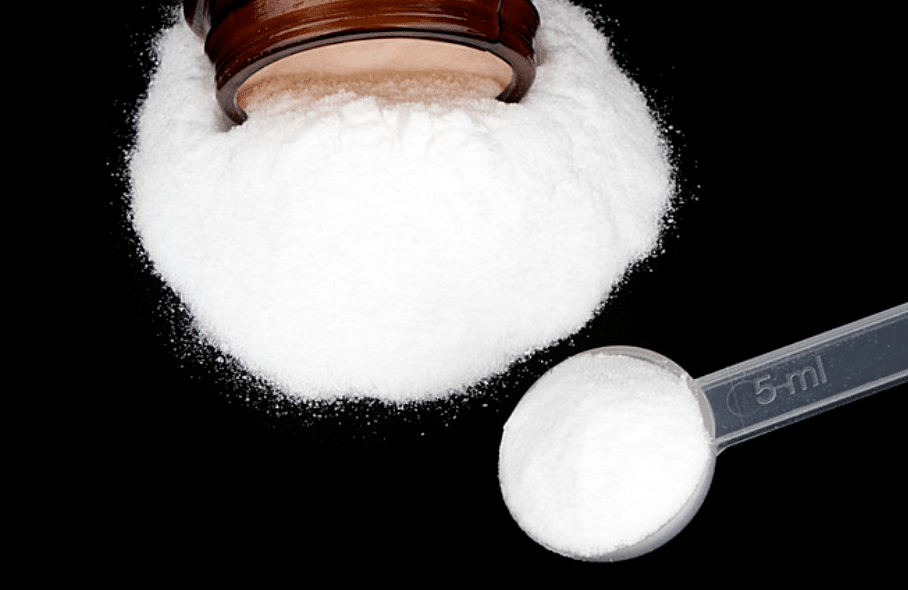
How to Use It
The typical dose is 1-2 grams daily, often lower than Monohydrate due to better absorption. It’s usually taken before workouts to maximize energy and pump effects. Mix it with water or add it to a pre-workout drink.
Advantages
- High Solubility: Dissolves easily in water, reducing the chance of stomach issues.
- Faster Absorption: May work more quickly due to its chemical structure.
- Lower Doses Needed: Smaller amounts may provide similar benefits to Monohydrate.
Side Effects
Creatine Nitrate is generally safe, but the nitrate component can cause:
- Headaches or dizziness in sensitive individuals.
- Low blood pressure in rare cases, especially if combined with other nitric oxide boosters.
Long-term safety data is limited, so caution is advised for extended use.
Drawbacks
Its higher cost and limited availability make it less accessible. The lack of extensive research also means we know less about its long-term effects compared to Monohydrate.
Creatine Nitrate vs Monohydrate: A Detailed Comparison
To help you decide, let’s compare Creatine Nitrate and Monohydrate across several factors.
Chemical Composition
- Monohydrate: Creatine bound to a water molecule, creating a simple, stable form.
- Nitrate: Creatine bound to a nitrate group, designed for better solubility and nitric oxide production.
The nitrate group in Creatine Nitrate makes it more complex but potentially more versatile.
Solubility and Absorption
- Monohydrate: Less soluble, meaning it may not dissolve fully in water. This can cause graininess or mild stomach discomfort for some.
- Nitrate: Highly soluble, mixing smoothly and likely absorbing faster in the body.
Better solubility makes Nitrate easier on the stomach and more convenient to use.
Effectiveness for Muscle Performance
- Monohydrate: The gold standard, with decades of research showing it boosts strength, power, and muscle growth. It’s effective for nearly all users.
- Nitrate: Likely provides similar muscle benefits, but fewer studies confirm this. The nitrate group may enhance short-term performance by improving blood flow.
Monohydrate’s proven track record gives it an edge, but Nitrate shows promise.
Additional Benefits
- Monohydrate: Focuses on ATP production and muscle recovery, with some evidence of cognitive benefits.
- Nitrate: Offers potential vascular benefits, like better blood flow, endurance, and muscle pumps, thanks to nitric oxide production.
Nitrate’s extra perks appeal to those seeking a pre-workout boost.
Side Effects
- Monohydrate: Rare bloating or water retention, easily managed by proper dosing and hydration.
- Nitrate: Possible headaches or low blood pressure from nitrates, especially in sensitive users or when combined with other supplements.
Monohydrate has a better safety profile due to extensive research.
Cost and Availability
- Monohydrate: Very affordable, often costing $0.10-$0.20 per serving. Available in most supplement stores and online.
- Nitrate: More expensive, often $0.50 or more per serving. Found mainly in specialty or pre-workout products.
Monohydrate is the budget-friendly choice for most people.
Research and Evidence
- Monohydrate: Backed by thousands of studies over decades, making it the most trusted form.
- Nitrate: Early studies are promising, but long-term data is lacking.
Monohydrate’s extensive research makes it the safer bet for evidence-based users.
Ideal Use Cases
- Monohydrate: Best for athletes, bodybuilders, or anyone wanting a proven, cost-effective supplement. Ideal for long-term use.
- Nitrate: Suited for those who want better solubility, pre-workout pumps, or struggle with Monohydrate’s side effects. Good for short-term or specialized goals.
Your goals and budget will guide your choice.
Which Should You Choose?
Creatine Monohydrate is the go-to option for most people. Its low cost, wide availability, and mountain of research make it reliable for improving strength, endurance, and muscle growth. It’s perfect for beginners, budget-conscious users, or those prioritizing long-term results. However, its lower solubility may cause mild discomfort for some.
Creatine Nitrate is a good alternative if you value solubility, faster absorption, or vascular benefits like muscle pumps. It’s ideal for experienced users who want a pre-workout edge or have trouble with Monohydrate’s side effects. But its higher price and limited research mean it’s not the first choice for everyone.
Before starting any supplement, talk to a doctor or nutritionist, especially if you have health conditions or take other medications. Stick to recommended doses and stay hydrated to maximize benefits and minimize risks.
Conclusion
Creatine Monohydrate and Creatine Nitrate both enhance athletic performance, but they cater to different needs. Monohydrate is the tried-and-true, budget-friendly option with unmatched research support. Nitrate offers unique advantages like better solubility and blood flow benefits but comes at a higher cost and with less evidence. By understanding their differences—chemical structure, solubility, benefits, side effects, and cost—you can pick the one that fits your fitness goals and lifestyle. Whether you choose the classic Monohydrate or the modern Nitrate, creatine can be a powerful tool to boost your workouts and results.
What is the main difference between Creatine Monohydrate and Creatine Nitrate?
Creatine Monohydrate is creatine bound to a water molecule, known for its affordability, extensive research, and effectiveness in boosting strength and muscle growth. It has lower solubility.
Creatine Nitrate is creatine bound to a nitrate group, offering better solubility, potential faster absorption, and added vascular benefits like improved blood flow, but it’s more expensive with less research.
Which is better for muscle growth, Creatine Monohydrate or Nitrate?
Both forms support muscle growth by increasing ATP production. Monohydrate is better studied and proven effective for long-term muscle gains, making it the preferred choice. Nitrate likely provides similar benefits but lacks extensive research, though its blood flow enhancement may aid short-term performance.
Is Creatine Nitrate more effective than Monohydrate?
Not necessarily. Monohydrate is the gold standard with decades of evidence showing it improves strength, endurance, and muscle size. Nitrate may offer advantages like better solubility and vascular benefits, but its muscle-building effects are less studied and appear comparable to Monohydrate.
What are the side effects of Creatine Monohydrate?
Side effects are rare but may include:
Mild bloating or water retention, especially during a loading phase.
Stomach discomfort if not mixed well or taken in large doses. Drinking enough water and following recommended doses (3-5g daily) minimizes these issues.
What are the side effects of Creatine Nitrate?
Side effects are uncommon but may include:
Headaches or dizziness in sensitive individuals due to the nitrate group.
Low blood pressure, especially if combined with other nitric oxide boosters. Long-term safety is less clear due to limited research.
Creatine Nitrate vs Monohydrate Comparison
| Aspect | Creatine Monohydrate | Creatine Nitrate |
|---|---|---|
| Chemical Structure | Creatine bound to one water molecule | Creatine bound to nitrate (NO₃⁻) |
| Water Solubility | Lower solubility (~14g/L at room temperature) | Higher solubility (~50g/L at room temperature) |
| Absorption Rate | Standard absorption rate | Potentially faster absorption due to better solubility |
| Research Evidence | Extensive research spanning decades | Limited long-term studies |
| Effectiveness | Proven to increase strength, power, and muscle mass | Similar effectiveness expected, limited data |
| Loading Phase | Typically requires 5-7 days (20g/day) | May require shorter loading phase |
| Daily Dosage | 3-5g per day (maintenance) | 2-3g per day (due to higher potency) |
| Cost | Generally less expensive | More expensive per serving |
| Bloating/Water Retention | May cause bloating in some users | Less likely to cause bloating |
| Mixing/Taste | May settle at bottom of drinks | Mixes more easily, better taste |
| Additional Benefits | Purely creatine benefits | Potential nitric oxide benefits (pump, blood flow) |
| Stomach Issues | May cause stomach upset in some users | Generally easier on stomach |
| Availability | Widely available from many brands | Available but fewer options |
| Purity Standards | Well-established manufacturing standards | Quality varies by manufacturer |
| Best For | Budget-conscious users, proven results | Users seeking better solubility, less bloating |

